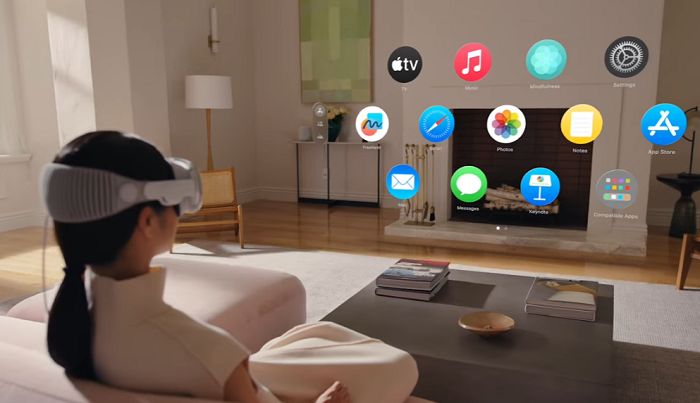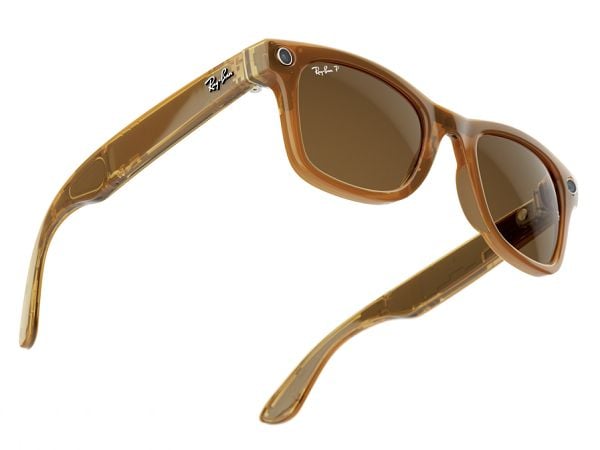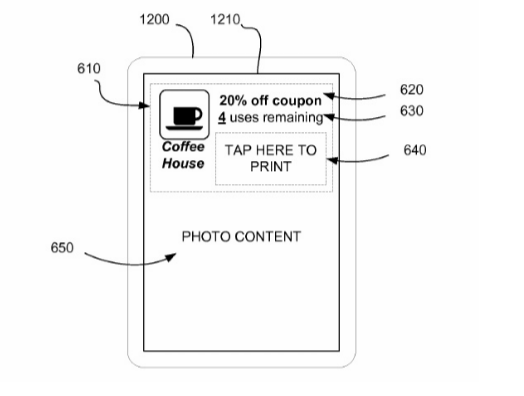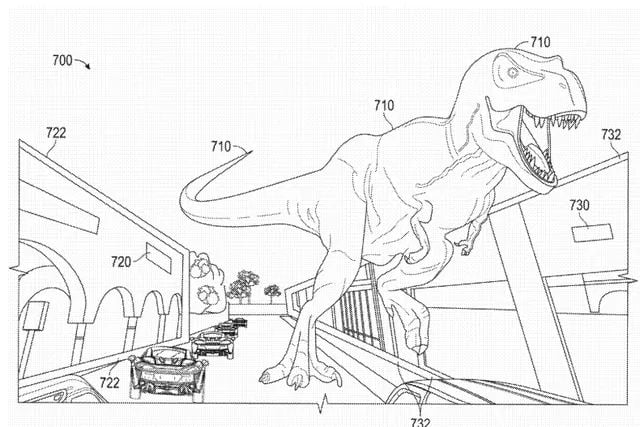Is 2024 the year that we’ll see AR wearables hit the mainstream?
I’ll save you some time if you can’t be bothered reading: Probably not. But we are close, with the next generation of AR glasses, which can overlay digital effects onto your real-world view, now in real-world testing at several major developers.
And when the AR shift comes, that’s going to open up a whole world of new digital marketing and promotional opportunities.
As noted, there are several AR wearable projects in development, but from a social media perspective, the main ones that we’re keeping an eye on are those from Meta and Snapchat, with Apple’s soon-to-be-released Vision Pro also set to be a factor, depending on take-up.

Though the Vision Pro also highlights the main challenge for the next stage, in that the cost of production is too high to facilitate mass adoption.
The Vision Pro, which could go on sale within weeks, is currently listed at a retail price of $US3,499. At that price, no one, outside of Apple fanboys and the super rich are going to buy the device, while Meta has noted similar challenges with its coming AR device.
In an interview last month, Meta’s CTO Andrew Bosworth said that their AR glasses prototype is significantly advanced, and that he expects to see some developers get their hands on a pair later this year. But it’s still costly, too costly for most consumers, which is where Meta will be focusing its efforts in the coming months, in order to reduce the price ahead of a planned consumer launch in 2027.
So, functionally, Meta’s confident that it has a working version of AR wearable, and as it uncovers new production efficiencies, and new partnerships that can offset the price, that does look very much like becoming a reality at its originally stated target launch date.
Whether they’re a whole new thing, or an advanced version of Meta’s Ray Ban Stories remains to be seen, though Bosworth did also note that Meta’s also building a new version of Ray Ban Stories that will incorporate a small heads-up display.

That’s not going to be full AR, but with the latest version of the glasses gaining traction, due to the addition of integrated live-streaming, as well as the coming implementation of a generative AI chatbot linked to the device, Meta’s production process for an AR device should also be well advanced ahead of the next stage, which bodes well for its shift into the broader metaverse era.
The metaverse doesn’t technically incorporate AR, as such, though Meta has bunched all of the various technological developments under its metaverse banner, including AR, VR, and AI, to some degree. The metaverse itself is still a longer-term bet, and one which I do think will pay off, but it’ll be in the 2030’s before it clarifies to the point of relevance, when the next stage of digital natives, who’ve grown up in metaverse-like spaces, are ready for the workforce.
AR will be the precursor to this, and while it’s not directly linked to the VR-based metaverse as such, there are elements, like integrated 3D objects, and immersive digital experiences, that will bleed into that next phase.
The development of AR will also lead to all new marketing and promotional opportunities, like ads displayed when people look at a store, or discount offers shared with consumers as they pass.

This is an early AR promotion patent, filed by Snap in 2015. As you can see, in this iteration, consumers would be able to scan an image in the Snap camera, and have relevant promotions show up before them.
Imagine that integrated into your real world view, and you can start to envision the possibilities.
Snap’s the other player to be aware of in this race, with the company filing several patents related to AR integration, and overlaying digital objects on people’s real-world view.

Clearly, many of these initiatives were designed with AR Spectacles in mind. But again, higher production costs could be Snap’s undoing in this respect, with the company already announcing lay-offs and scaling back certain projects, in order to reduce their research and development liabilities.
To be clear, Snap has said that it’s not reducing its AR development as a result of broader cost pressures. But as the big players have already shown, even with the resources of Meta and Apple, the development costs are prohibitive, which could see them both supersede Snap as leaders in the AR space.
Though Snap remains at the forefront of effective AR development, especially from a consumer engagement perspective. And Snap does have functional AR glasses that it’s been working on with external partners for years.
When running chatGPT on your #ARglasses, you’ll get guidance during day to day activities
But instead of #AI based on general models, it needs to understand me!
So I’ve programmed my @Spectacles to ask me why I’m doing things. So I can collect input to train my own personal LLM pic.twitter.com/5wPdgr6jXp
— Sander Veenhof (@sndrv) April 17, 2023
As such, Snap is still well-placed to have a significant impact, though I increasingly suspect that this will be through partnership, likely with Apple or Microsoft, as opposed to Snap going it alone.
In essence, AR glasses are already here, and they’re already powering new experiences. The next stage will be reducing costs, and packaging them in a more consumer-friendly bundle, that can then spark more adoption and usage. But that is coming, and it could be here sooner than you think. So while you’re mapping out your ad plan for 2024, and thinking about the next stage, I do think that you should be investing in understanding AR, along with AI, in order to ensure that you’re prepared for the next shift.
Snap has a range of courses that you can take to learn about AR development, and how to create digital versions of your products, try-on experiences, etc. You can learn more about Apple’s ARKit, while Meta also has a range of helpful development overviews within its Spark AR platform.
Taking the time to understand these elements will ensure that you’re better placed to understand the next stage, while also preparing you for the VR future, which will incorporate many similar elements.



